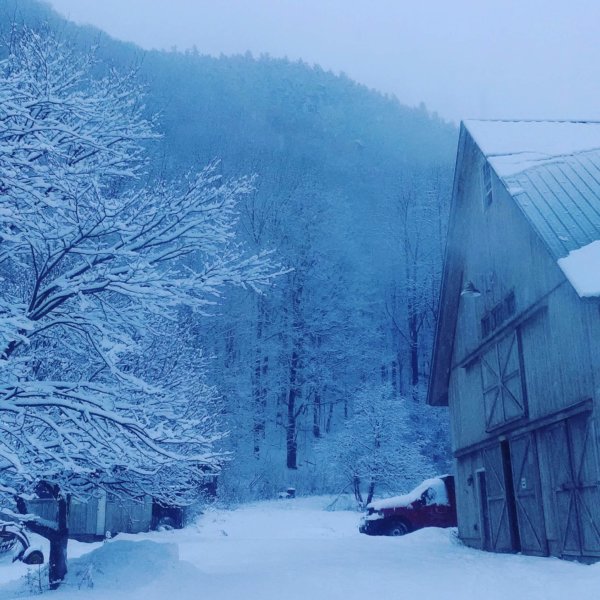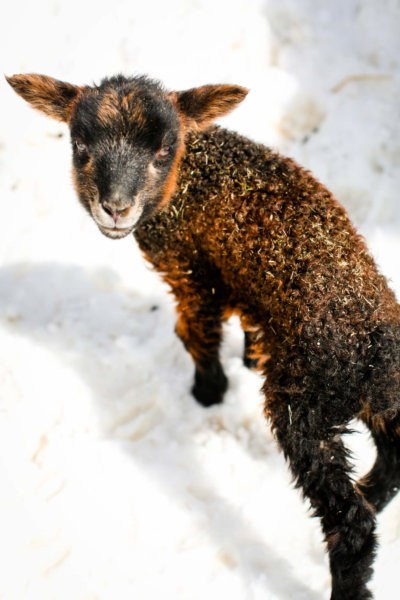 I am often asked, “what do you do on the farm in the winter?”
I am often asked, “what do you do on the farm in the winter?”
While the fields get plenty of time to rest under a blanket of snow this time of year the farmers still have lots to do. This is the time of year for repairing, studying seed and chicken catalogs, stocking up supplies and planning out our diverse gardens of vegetables and flowers for the year to come.
When planning a garden for the year we must consider many details as we try to balance the productivity and sustainability of the land we grow on. How much kohlrabi do we really need and what bed can we fit it into? What kind of cherry tomatoes do we want this summer? Is there a variety of watermelons we can grow in our zone 4 climate? Looking at seed catalogs can be daunting when there are 5 pages devoted to different lettuce varieties. Narrowing down the choices involves knowing your environment well. Decisions can be made on personal past experiences, soil types and location, a plants tolerance to certain pests that you know you struggle with, the length of time to maturity, or growth habits and sizes of plants. Very often though it still comes down to what looks pretty and is fun to grow.
Crop rotation is another key consideration in keeping the gardens healthy. Overwintering pests and diseases would love to  emerge directly under their favorite food source. Each type of vegetable has unique feeding requirements and in order to not deplete the soil, plants with different needs should follow each other. Luckily, we have a fantastic garden manager who is putting in many hours gathering all this information to ensure we have a beautiful garden and a bountiful harvest. So when camp receives the freshest greens and vegetables and the fall CSA box is filled with tomatoes, potatoes, and squash, you can thank Adam for all his hard work in the office this winter.
emerge directly under their favorite food source. Each type of vegetable has unique feeding requirements and in order to not deplete the soil, plants with different needs should follow each other. Luckily, we have a fantastic garden manager who is putting in many hours gathering all this information to ensure we have a beautiful garden and a bountiful harvest. So when camp receives the freshest greens and vegetables and the fall CSA box is filled with tomatoes, potatoes, and squash, you can thank Adam for all his hard work in the office this winter.
I would also like to welcome 16 new lambs to Farm & Wilderness! Our ewes have all given birth, and everyone is happy and healthy. After giving birth we keep the mom and new lambs separate from the rest of the ewes for a day or two. This is done so we can make sure she gets some warm molasses water and her own grain. After a few days, the babes are already prancing around the yard and getting bigger.




